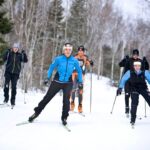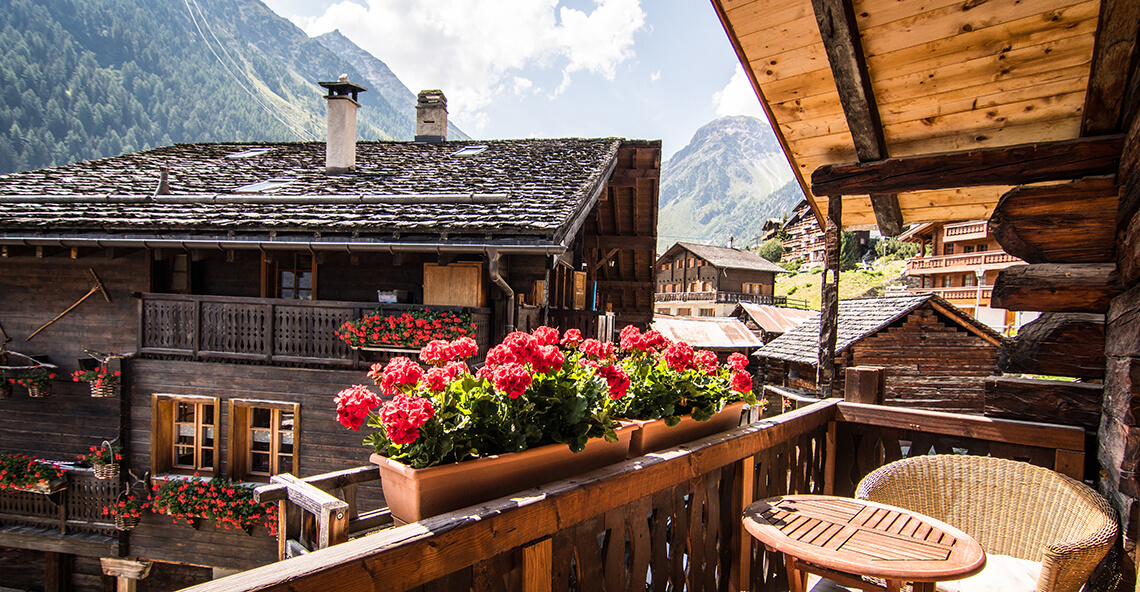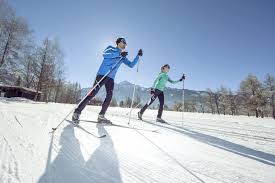
A Perfect Day in Vienna

Not only does Vienna, as Billly Joel fans well know, wait for you, it will also greet you with a warm, faintly coffee-smelling hug. Frequently listed among the world’s most livable cities, the Austrian capital preserves the look and feel of a deliberately architected, meticulously planned and yet natural-feeling European metropolis. The streets are wide, orderly, and almost always paralleled by a sizeable bike path; the buildings are low, yet grand, varied in color and style and yet seamlessly united in conveying Vienna’s centuries of cultural significance. The Danube—crisscrossed by bridges that display centuries of civil engineering history, and flanked by yet more pedestrian and bike paths—rushes green-blue southeast through the city.
Given the wealth of museums, restaurants, parks, squares, canals, and magnificent walking and cycling routes that fill Vienna’s city limits, a day of exploration can take just about whatever shape you’d like. To give an idea, let me offer up one of my own favorite Vienna days.
Breakfast
After taking the tram into the Innere Stadt (inner city), I walked a little ways from the dead-central Stephensplatz to the rightfully famous Café Hawelka. It was early enough that the formidable line of tourists hadn’t yet formed, and I managed to slip in at a red-white booth and black table that looked untouched (in an enticing, nostalgic way) since the café opened in the 30’s. A rich brauner (Austrian version of a macchiato) and a couple of Buchteln (jelly filled doughnut-like roll) helped me wake up, and kept me company as I soaked in the same furniture and décor that has backgrounded the discussions and musings of countless Viennese artists and writers.



Stadt Park and the Museum Quarter
As the day heated up, I took a long stroll along the Ringstrasse that encircles the old Innere Stadt, and found myself wandering in long loops around the sprinkling fountains and ancient oaks of the Stadt Park. Before long I had worked my way further around the Ring, and into the beating heart of the city. There, at the center of the Ringstrasse, I found the city hall with its own gleaming, fountain-filled park, as well as the giant, sprawling estate of the Habsburg monarchy. Just beyond the palaces, and just before the city’s shopping district, there’s the famous Museum quarter. Just as the name suggests, this large block of buildings, separated by inner courtyards and broad, open squares contains many of the city’s most famous museums. I opted for the Leopold Museum, a breathtaking white stone and glass structure which houses one of Europe’s finest modern art collections, along with a masterful exhibit detailing the history of Vienna’s cultural and artistic transformations at the turn from the 19th to the 20th century. Other options include the Natural History Museum, and the Weltmuseum, which contains a wealth of archeological and ethnographic artifacts.
Lunch
For lunch I stopped by the Vienna Naschmarkt, a centuries-old network of awnings and food-stalls, in which hundreds of vendors sell everything from traditional Wiener Schnitzels to Turkish desserts to oysters and champagne. I got a nice bag of fresh local plums and another coffee to power me through my next adventure. (The next day I stopped back in the evening for a beer and some cheese and salami, a sort of Viennese aperitif that I cannot recommend enough!)




Afternoon Activity: Bike to the Heurigers
If you stand on the edge of the Danube and look to the Northeast, you will see rows of verdant hills rising just beyond the edge of the housing complexes that populate Vienna north end. Much of the green on these hills is due to the acres upon acres of vineyards that encircle the Austrian capital, and which have luckily been made easily accessible by an incredible network of bike paths. After renting a bike from PedalPower in the center of the city, I headed north along the river until I hit what seemed like the end of the city, where the bike path appeared blocked by train tracks and a highway. As I quickly discovered, however, this couldn’t be further from the truth. A blaze of lycra-suited cyclists caught my eye, and I followed them through a tunnel under all the road- and trainways. Immediately on other side of the tunnel, the bike path split off into several intriguing routes. The cyclists continued onto the branch to the right that followed the Danube northward, while I turned left into a startingly quiet Austrian village, whose plaster and stone buildings climbed and slowly dissipated into the vineyard-covered hills above. Incredibly, this is all still a stone’s throw from Vienna proper, but looking to the north you would never know it.
I had been recommended a nearby Heuriger—the local term for a wine garden/bar—and so I parked the bike and hoofed it ten minutes up along narrow cobblestone paths and into the vineyards, until I found the idyllic Heuriger Wagnerei. Picnic tables and high-tops were nicely dispersed amongst sunflowers, vegetable patches, fruit trees and of course grape vines, while just beyond the edge of the garden-bar area the rows upon rows of Riesling and Veltliner varieties began. Before I settled in, I took a lap through the hilltop terroir, and gazed back south across the red-roofed expanse of Vienna. Returning to the shaded bower of the Heuriger, a delicious local cheese plate and a glass of peppery, crisp Grüner-Veltliner proved the perfect refreshment after a hot August afternoon.
A Late Dinner and Drinks
If you still have energy, roll back downtown for dinner, either at one of the fine establishments at the Naschmarkt (where there is plentiful outdoor, awning-covered seating), or at Lugeck, where the family-run gastro-pub-wine-bar puts their own thoughtful and exciting spins on Viennese classics (think crispy, wafer-thin wiener schnitzel, steak tartare , decadent cheese-filled dumplings or käsnudeln, etc.). For after dinner drinks, check out the rightfully famous Loos American Bar. If you visited the Leopold Museum, then this will provide a continuation of the tour through Vienna’s turn of the century cultural and especially architectural revolution; and even if you skipped the museum, the bar offers an odd and fascinating glimpse of the early 20th century European importation of American designs, as well as a menu brimming with expertly prepared cocktails, both classic and cutting edge.










































